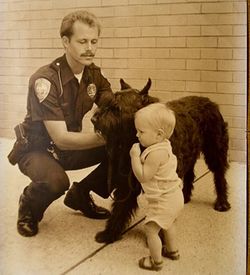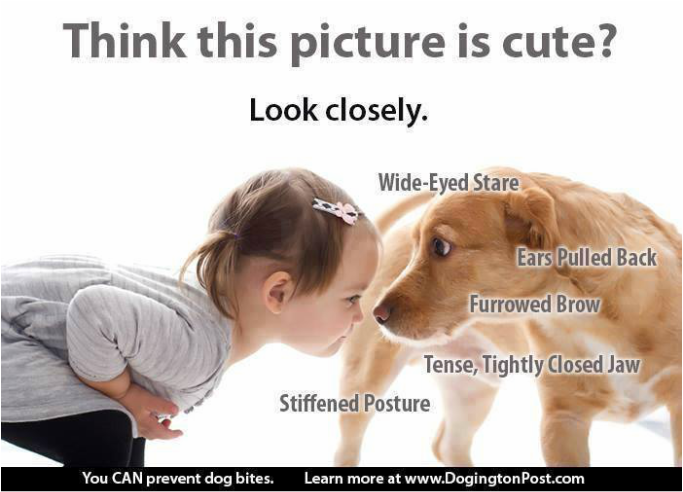THE BOUVIER AND CHILDREN
BE RESPONSIBLE PARENTS AND TEACH YOUR CHILDREN HOW TO INTERACT
WITH YOUR FAMILY PUPPY OR DOG
WITH YOUR FAMILY PUPPY OR DOG
|
|

Here is Dominic's Cass along with Redlands Police handler Pete Nicholay and child. This would have been in the 1980s, when Danny LaMaster was training Bouviers for police applications in southern California. EMail me at [email protected] Dominic's Cass Sire: Bravo Sur Qui Compter Dam: Hedi du Clos des Cerberes Served 6 years with Redlands, California Police Dept 1979 to 1987 |

|
ZEUS, BABUSHKA AND COLA |
